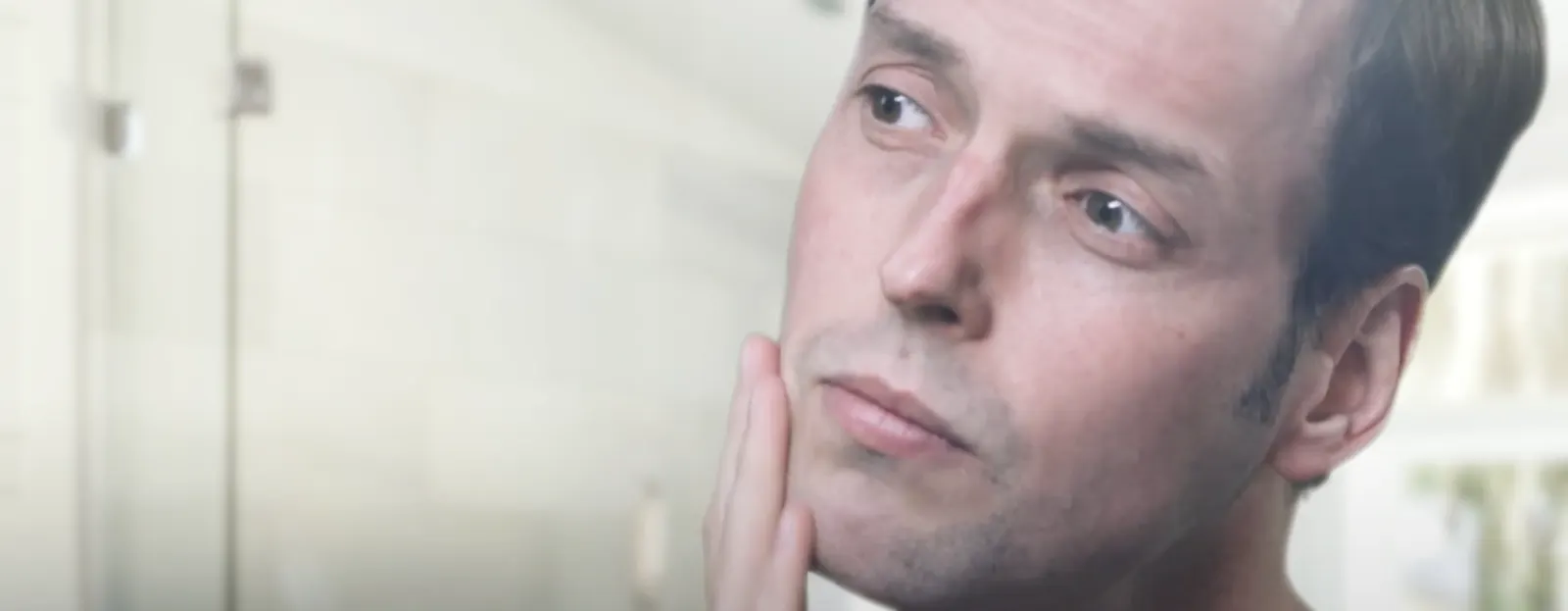How to get a close shave: why more blades can help
A single thin, sharp perfectly designed blade is a great start. But to get a really close shave, you need more than one.
Why is a 3-blade razor, such as the Gillette MACH3, cutting closer than a single blade? And why are 5-blade razors, like the Gillette ProGlide, still cutting closer than MACH3?
To understand why more blades can help you get a closer shave, you have to first understand the waythat the skin on your face and the hairs growing from it behave.
Understanding your facial skin
The skin of the face is soft and malleable, almost like a gel-like substance. The hair of your beard, on the other hand, is dry, coarse and hard, like copper wire. That hair is housed within a hair follicle, that allows the hair to move in and out. A multi-blade razor uses this characteristic of hair movement to a shaver’s advantage.
More blades help you achieve a closer shave
Gillette multi-blade razors were designed specifically to work with the characteristic movement of facial hair inside the hair follicle:
â—ľ The first blade starts the job. It cuts the hair and, in the process, gently lifts it from the skin.
â—ľ Before the hair has time to fully withdraw, the next blade comes along … and cuts it further down.
This process is called ‘hysteresis’ and was discovered in the late 1960’s when Gillette developed its first multi-blade razor.
Blades three to five repeat this process, cutting the exposed hair at lower and lower points.
This helps our 5-blade razors (Fusion5 family) cut closer.
As the hair is cut shorter, each blade is positioned fractionally closer to the skin. It’s a tiny distance, but it is critical in creating a comfortable shave with a smooth finish. The technical term for this cartridge design is ‘progressive geometry’.
Simply put, more blades really can do a better job.
Gillette Fusion5, ProGlide: each with 5 close-shaving blades.




Was this article helpful?


